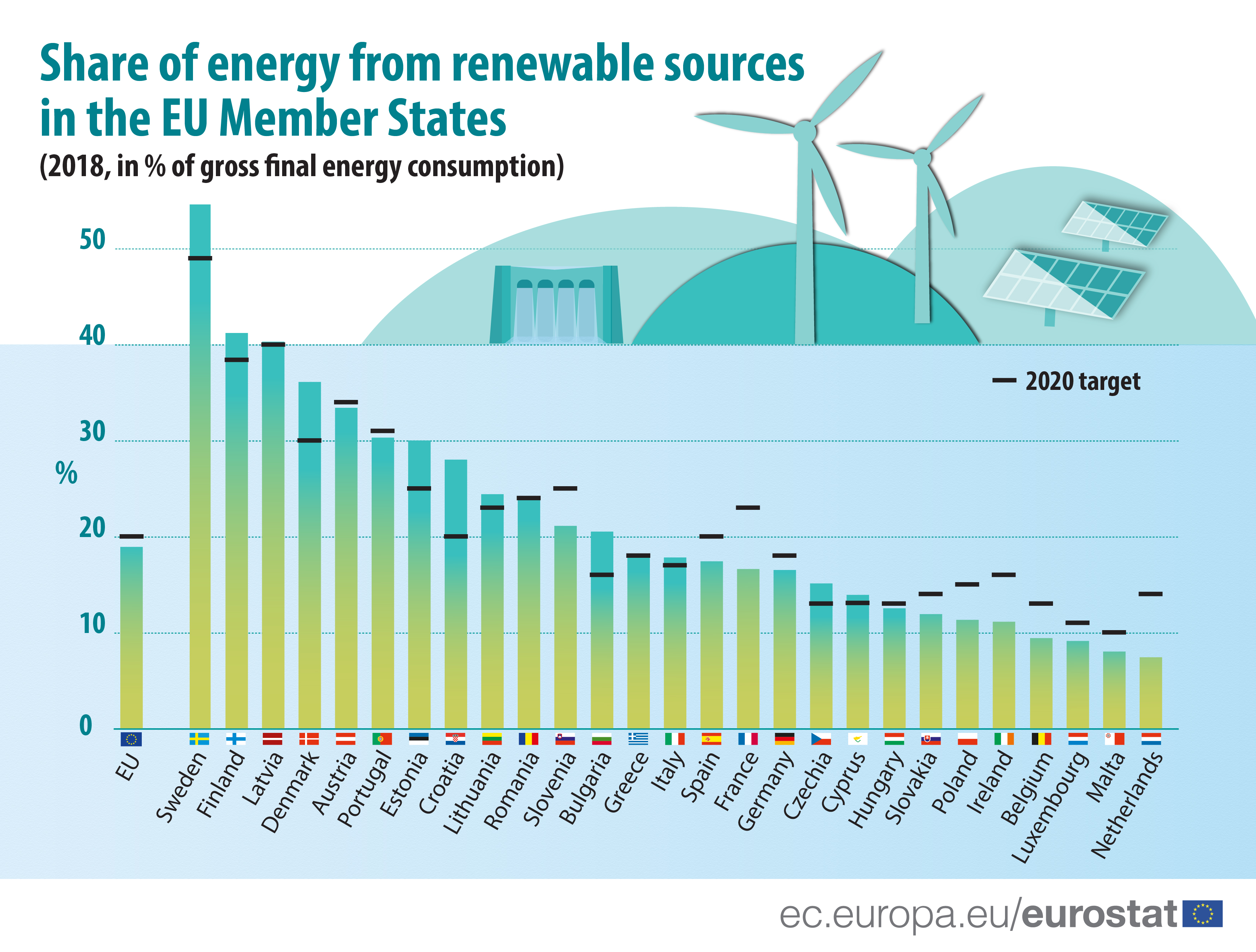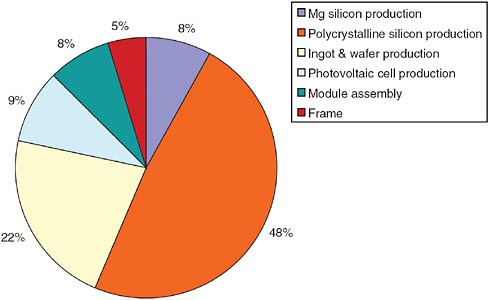The chart below shows that most of the electricity in the united states is generated using fossil fuels such as coal and natural gas.
How does production and consumption of solar energy affect the environment.
Solar energy the key takeaway since solar energy does not produce air pollution water pollution and greenhouse gas it s positive effect to the environment becomes indirect.
Fuel mix for u s.
Photovoltaic pv solar cells or concentrating solar thermal plants csp.
Using solar energy can have a positive indirect effect on the environment when solar energy replaces or reduces the use of other energy sources that have larger effects on the environment.
However some toxic materials and chemicals are used to make the photovoltaic pv cells that convert sunlight into electricity.
Department of energy states that fossil fuels which generate electricity through burning produce about two thirds of sulfur dioxide emissions and a quarter of nitrous oxide emissions in the united states causing smog and acid rain.
Solar energy is promoted as a green alternative for the environment one that harnesses free and bountiful energy from the sun.
Without efficiency and reasonable limits to energy use solar and wind power only benefit the environment so much.
Solar energy systems power plants do not produce air pollution water pollution or greenhouse gases.
Which mean solar energy does not contribute to global warming acid rain or smog.
The biggest impact is solar energy does not release carbon dioxide nitrogen oxide sulpher dioxide or mercury into the environment.
Anything that blocks the sun from hitting the solar panels can impact energy production.
Surrounding trees chimneys plumbing vents and nearby structures need to be accounted for in the system installation and sizing.
Electricity from renewable resources such as solar geothermal and wind generally does not contribute to climate change or local air pollution since no fuels are combusted.
Solar panels can take up large chunks of desert previously used by a host of wildlife from pronghorns and tortoises to coyotes and rattlesnakes.
Does not create any noise because there are no moving parts does not release unpleasant smell.
The sun provides a tremendous resource for generating clean and sustainable electricity without toxic pollution or global warming emissions.
The potential environmental impacts associated with solar power land use and habitat loss water use and the use of hazardous materials in manufacturing can vary greatly depending on the technology which includes two broad categories.
The environmental impacts associated with solar power can include land use and habitat loss water use and the use of hazardous materials in manufacturing though the types of impacts vary greatly depending on the scale of the system and the technology used photovoltaic pv solar cells or concentrating solar thermal plants csp.
It comes with the promise of cheaper energy for consumers as well as being an energy source that is free from greenhouse gas emissions and other pollutants.










